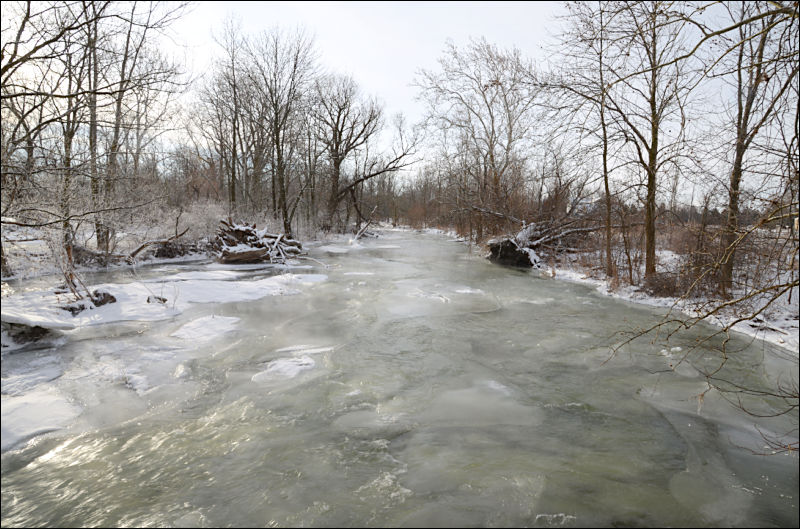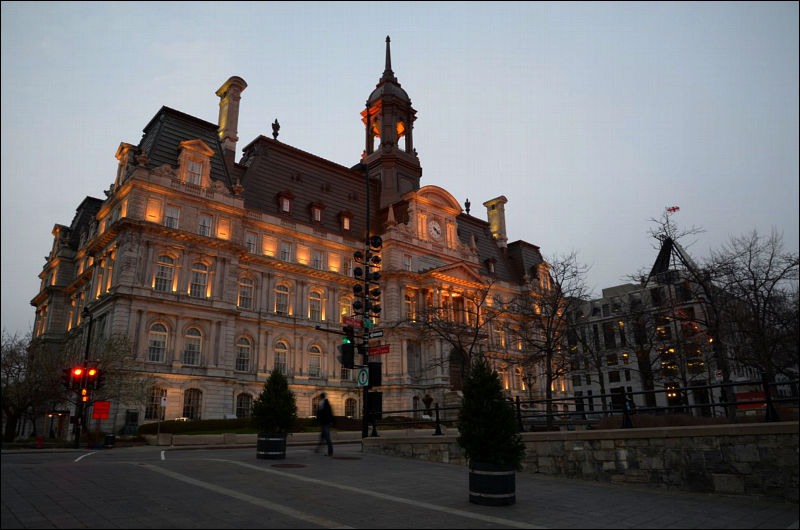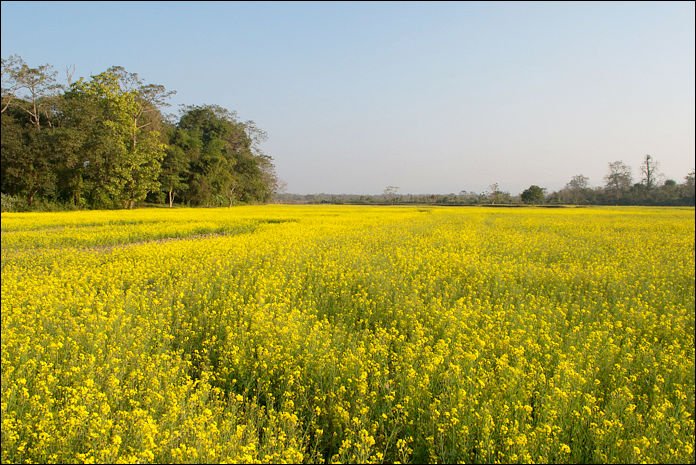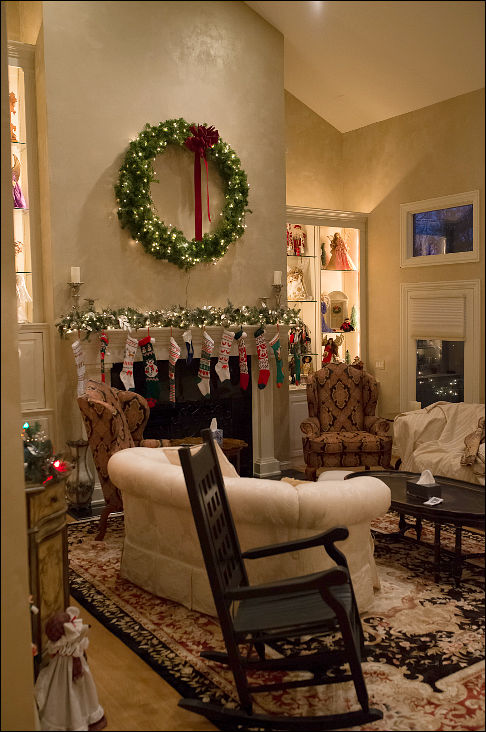
-
I'll let rNeil weigh in on the technical comparison. The point is still valid, if a photographer shoots his work to be printed, if even using the lowest tech printing technology, then that is how he wants it viewed and though.
I do not understand that is "shoots his work to be printed". I can understand color accuracy requirement, even requirement of monitor/paper size (it is more debatable, but still). But not understand idea of shooting anything so it'll be only printed on paper.
Also, Vitaliy, you're not really thinking about what I'm saying. Are you looking to argue? Prints reflect color/luma, monitors shine it at you. You can't get around that ;)
:-) Btw, it is partly because reflection color/DR is always inferior :-)
-
Emotions are the HEART of photography! Technology is only a tool, chosen by the artist, to get there.
I'll let rNeil weigh in on the technical comparison. The point is still valid, if a photographer shoots his work to be printed, if even using the lowest tech printing technology, then that is how he wants it viewed and though, like you, I'd love to view his stuff, I want to be careful of saying it doesn't matter and a good photo is a good photo.
Also, Vitaliy, you're not really thinking about what I'm saying. Are you looking to argue? Prints reflect color/luma, monitors shine it at you. You can't get around that ;)
-
Quite the other way around. No monitor can come close to a silver print on chemical processed photo paper. Also, a monitor is shining colors at you, a printed photo reflects colors.
You are incorrect as use emotions instead of data. Printed photos parameters are easy to measure - they have inferior and limited gamut and limited DR. You can just go any check test of photo printers (used for most exhibitions now) or photo papers.
-
"Plus all printed photos are by default inferior by gamut and DR just due to tech limitations" That's a funny one!
Quite the other way around. No monitor can come close to a silver print on chemical processed photo paper. Also, a monitor is shining colors at you, a printed photo reflects colors. rNeil can control his images, printing, much more than he can for LCD monitor viewing.
I think the main thing is the photographer's intent. If rNeil takes photos to be viewed on large paper than that is how he approaches it. He could show his photos on the computer, but would be unfair to ask him to do so. They would mis-represent his work.
When I was younger and I read Stanley Kubrick destroyed all the sets of 2001 because he didn't want them re-used I thought that a bit childish of him. When they came out with 2010, a sequel, which wasn't nearly as detailed oriented and Kubrick I understood why!
-
As a portrait photog, the main image quality I've been concerned with is how prints and especially large ones appear to the viewer. Haven't figured out anyway to get that on the 'net, even if you post a connection to a digital file of that size, now ... pixel peepers tend to love that.
Sorry, I not completely understand. Good photo is good photo.
Plus all printed photos are by default inferior by gamut and DR just due to tech limitations.
-
Posting an image on a computer does not "show" the same as say, a 20x30 inch print or bigger. As a portrait photog, the main image quality I've been concerned with is how prints and especially large ones appear to the viewer. Haven't figured out anyway to get that on the 'net, even if you post a connection to a digital file of that size, now ... pixel peepers tend to love that.
I don't pay that much attention to "print quality" comparisons on most websites either. There are a few that I do watch for their basic tests for image quality or dynamic range ... but those are sites of pretty pictures. Just tech stuff. And only on a camera or lens I'm interested in. There've been quite a few posted on here.
Neil
-
Why bother taking up bandwidth though ... the small files one uses on the 'net do not really show how they look when large prints are made, so ... if someone wants to see the kind of things we do with them, they can go to our websites. :)
Just show here smaller images with link to full size ones.
-
I could. Why bother taking up bandwidth though ... the small files one uses on the 'net do not really show how they look when large prints are made, so ... if someone wants to see the kind of things we do with them, they can go to our websites. :)
Neil
-
The D600/610 cameras are really quite nice rigs. Using them in professional portrait work, studio & environmental, with needs for images to 40x60 inches, they're fast to set and work with, easy to adjust, and the image quality is a joy.
Do you have some stills to show?
-
The D600/610 cameras are really quite nice rigs. Using them in professional portrait work, studio & environmental, with needs for images to 40x60 inches, they're fast to set and work with, easy to adjust, and the image quality is a joy. I wouldn't mind if the video tool-set was a bit different ... LOVE the touch-screen on my GH3 among other things ... and the noisy lenses while focusing are not useful in video work, nor is it handy to lock the aperture as soon as you go to live-view.
Other than that, these files are a joy to work in post-process. And I'm used to medium format film (6x7cm) and Nikon's single-digit cameras. Both types being MUCH heavier and bulkier ... but not better in this use for image quality.
Neil
-

The power and performance of the D610 is enough to satisfy just about any photographer. It still offers the same smaller and lighter body of the D600, but keeps the performance and image capabilities of a full-frame camera. The lightning fast AF system features 39 points and works all the way down to f/8, giving you more capabilities with long lenses and converters.
http://www.steves-digicams.com/camera-reviews/nikon/d610-dslr/nikon-d610-dslr-review.html

 korg12.jpg800 x 529 - 124K
korg12.jpg800 x 529 - 124K -
Question ... I'm used to my D3, where they didn't even HAVE a screen for the LCD on the back. On the D600/610, how many folks use the little plastic screen and how many don't? Is it really ... needed?
Neil
-
Oh yea. My brain would be doing a very fast computation of cards-needed/gigs-of-driveS needed/time uploading/rendering & etc. and ... COSTS ... while I was shooting!
Now if I was getting paid for a cine-shoot on a bigger budget, NOT as the person worried about profitability so much ... then YES! Cine-RAW all the way! :-)
Neil
-
@rNeil. Absolutely! If I was shooting a concert or wedding, or some kind of event, sweat would pour down my head shooting 4GB/min RAW :)
-
" As a photographer, I'm sure you know what that ultimately means."
Yes ... MASSIVE files! :)
Having gone from RB67 medium-format film through digital up through D3/D600/Panny GH3) yea, I'm a total raw-shooter in stills. And if one needs real top quality, in cine one would choose that also. Mostly.
There are situations where both my wife and I do shoot in-cam jpeg's for portrait clients, IF on some special promotions where 1- chance of 30"+ prints are absurd 2- we have total control over the exposure situation and 3- we'll be handing off the card to an employee for immediate sales. ALL other images are RAW.
The raw files for stills aren't really much bigger than the biggest possible jpeg's (the only acceptable jpeg-incam setting for us). However, video files ... even a minute of the .mov H.264 stuff out of the D600 and GH3 ... are HUGE compared to a whole session of pro-size RAW files. I really gasped when I started video ... the number of big FAST drives I suddenly needed for simple operational use, couple with of course BIG drives for backup. Wow, this blows out a stills-studio photog's needs! :)
So ... yea, I shoot with righteous exposure/wb to get the best post possible. I'm sure that soon enough I'll be getting the itch to get raw video. But the cost ... both in cameras and drives ... will be noted!
Neil
-
I love my d600 for stills. For video, once I started using Magic Lantern RAW with some Canon cameras I couldn't go back. I now have a BMPCC (Blackmagic Pocket Cinema Camera). In stills, you have say 12 stops of dynamic range. With the d600 (and all the other cameras that shoot video in H.264), you need to make sure that what you want exposed correctly is within a couple of stops. That's too frustrating for me. The shallow DOF is nice, compared to a camcorder.
To me, you'd be crazy not to shoot video in RAW, or close to it. Each video frame from my d600, for example, is probably about 100k. From my BMPCC I'm getting 2 megabyte DNGs. As a photographer, I'm sure you know what that ultimately means.
-
So what experience are folks having with their D6x0 in grading, and what are you editing and grading in? Coming out of 35+ years of professional stills/portraits, we're an "Adobe house" ... but I really prefer to hear of all things out there and all techniques/preferences ...
Neil
-
Interesting to see the way the focus sorta tracked ... hunted just a bit a couple times, but on the walk back mostly sorta tracked, but needs to be better.
Shooting a GH3 myself, and working with the wife and friend with their D600's ... dang, those big gorgeous Nikon lenses are noisy when they focus. My 17mm Oly and 35-100 Panny are absolutely quiet. Wish the Nikon's were!
-
The D610 will let you record for a second short of 30 minutes. Files are encoded with the H.264 codec at one of two quality settings, the higher of which encodes at an average bit rate of 24Mbps for the 1080p and higher frame rate 720p modes.
It's interesting to note the D610 provides more or less the exact same movie modes as the Canon EOS 6D which also offers 24, 25 and 30 fps recording at 1080p resolutions with 720p at 50 and 60 fps, all encoded using H.264, although the 6D also offers the choice of inter or intra-frame compression. The 6D has a socket for an external microphone, but no headphone socket. On balance I think that with its DX crop mode, uncompressed HDMI output and headphone socket, the D610 is a more capable movie camera then the 6D. At this level at least, Nikon has reversed Canon's long held dominance in this area.
-
FYI, after 2 weeks I got my D600 back from Nikon. They replaced the entire shutter mechanism. Like a new camera now (my guess is functionally equivalent to D610). So have no beef with Nikon! :) I've always been a Canon guy, and for the most part, doubt I'd see the difference between this camera and any Canon full-frame. There are two reasons I still haven't sold this camera.
- Able to use old Nikkor glass, like a 1.4 50mm I have.
- It is built like a tank (compared to similarly priced Canons.
- I don't care about the extra resolution except that it may improve color because you have more red and blue pixels to pull data from when down-scaling.
-

The D610 stays among the best of cameras when it comes to image-quality. Image-noise is very low and dynamic-range is the best there is. It is also one of the most affordable full-frame DSLR cameras on the market, pushing the D600 towards unseen territory.

 gm10.jpg800 x 530 - 83K
gm10.jpg800 x 530 - 83K -
Just received D610. After a couple of shots (camera is superb), I tried also the video quality using the Century Optics 1.33x: Okay, this in not a special job, just a single/simple anamorphic test. No post editing, as came out of camera (no special settings on camera concerning sharpness/contrast/etc, @ f/f2.5, shutter@50, & iso1000 as it is a low light shot). No diopter or anything else. At this f/2.5 aperture, lens+anamorphic are responding fine. (password: test1)
Howdy, Stranger!
It looks like you're new here. If you want to get involved, click one of these buttons!
Categories
- Topics List23,992
- Blog5,725
- General and News1,354
- Hacks and Patches1,153
- ↳ Top Settings33
- ↳ Beginners256
- ↳ Archives402
- ↳ Hacks News and Development56
- Cameras2,367
- ↳ Panasonic995
- ↳ Canon118
- ↳ Sony156
- ↳ Nikon96
- ↳ Pentax and Samsung70
- ↳ Olympus and Fujifilm101
- ↳ Compacts and Camcorders300
- ↳ Smartphones for video97
- ↳ Pro Video Cameras191
- ↳ BlackMagic and other raw cameras116
- Skill1,960
- ↳ Business and distribution66
- ↳ Preparation, scripts and legal38
- ↳ Art149
- ↳ Import, Convert, Exporting291
- ↳ Editors191
- ↳ Effects and stunts115
- ↳ Color grading197
- ↳ Sound and Music280
- ↳ Lighting96
- ↳ Software and storage tips266
- Gear5,420
- ↳ Filters, Adapters, Matte boxes344
- ↳ Lenses1,582
- ↳ Follow focus and gears93
- ↳ Sound499
- ↳ Lighting gear314
- ↳ Camera movement230
- ↳ Gimbals and copters302
- ↳ Rigs and related stuff273
- ↳ Power solutions83
- ↳ Monitors and viewfinders340
- ↳ Tripods and fluid heads139
- ↳ Storage286
- ↳ Computers and studio gear560
- ↳ VR and 3D248
- Showcase1,859
- Marketplace2,834
- Offtopic1,320










